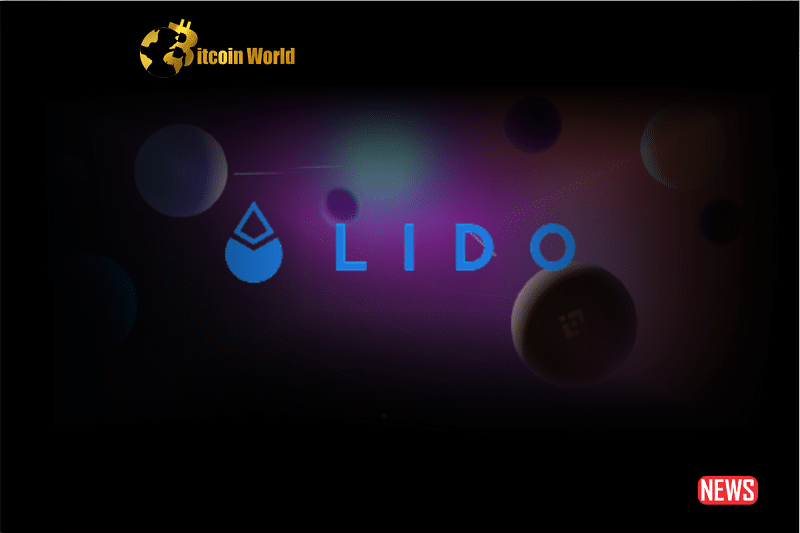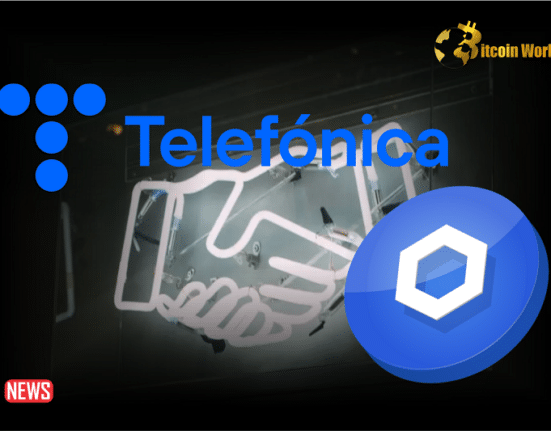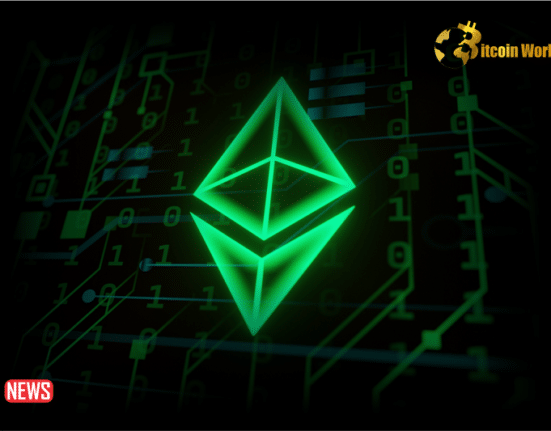As a leading liquid staking platform, Lido Finance (LDO) experienced its fair share of market turbulence, with the value of LDO declining by 18.94%. However, amidst the challenges, there were positive growth indicators within the Lido ecosystem. Notably, according to Dune Analytics, deposits on the Ethereum Beacon Chain surged to 112,500 ETH, reflecting the increased interest and user demand for staked Ether (stETH) transactions. While Lido faced some setbacks, the project’s long-term viability relies on crucial factors like network adoption, user activity, and the overall growth of the Ethereum staking sector.
Lido’s Role in the Ethereum Ecosystem:
The Ethereum Beacon Chain is the ledger of accounts responsible for coordinating the network of Ethereum stakers. Although it does not process transactions or handle smart contract interactions, its consensus layer plays a crucial role before stakers validate blocks on the blockchain. The rise in deposits on the Beacon Chain showcases the growing significance of stETH transactions, surpassing competing projects like Rocket Pool (RPL).
Withdrawals and Total Value Locked (TVL):
During market unrest, some participants requested asset removal from the Lido protocol. As of now, approximately 57,937 ETH has been withdrawn, with 53,876 ETH successfully claimed. Consequently, Lido experienced a decrease in its Total Value Locked (TVL), which indicates the protocol’s health and liquidity. The TVL’s seven-day performance witnessed a decline of 2.09%, suggesting a temporary liquidity shortage for investors seeking higher yields.
Recovering TVL and LDO’s Value:
Despite the decline in TVL, Lido found respite as the value surged to $12.76 billion, indicating renewed interest and potential for growth. However, LDO’s value remains in the red zone, experiencing a 2.17% decrease in the last 24 hours. This underlines the ongoing challenges faced by Lido in regaining its market position and investor confidence.
Activity in Liquidity Pools and Bridging from Layer-Two (L2) Projects:
Activity across various Liquidity Pools (LPs) showed mixed results. The ETH/stETH rate in the Curve Finance (CRV) pool experienced a slight average decrease of 5%. Conversely, LidoStETH deposits in Aave V2 increased by 7.45%, indicating sustained interest and engagement from users. Additionally, the bridging rate from Layer-Two (L2) projects such as Polygon (MATIC), Optimism (OP), and Arbitrum (ARB) grew by 5.58%, further demonstrating the resilience of the staking market despite recent market capitulation.
Long-Term Viability of Lido Finance:
While short-term market unrest can impact performance, the long-term success of Lido Finance hinges on crucial factors. Network adoption, user activity, and the overall growth of the Ethereum staking sector will shape Lido’s future trajectory. By adapting to market conditions, addressing liquidity concerns, and fostering an ecosystem that attracts and retains users, Lido Finance aims to solidify its position as a prominent player in the Ethereum staking landscape.
Lido Finance has weathered recent market turbulence and showcased resilience in the face of challenges. Despite a decrease in LDO’s value and TVL, positive indicators such as increased deposits on the Ethereum Beacon Chain, rising bridging rates from L2 projects, and activity in Liquidity Pools highlight the potential for growth and recovery. As Lido Finance continues to evolve, it remains committed to network adoption, user engagement, and fostering sustainable growth within the Ethereum staking sector.















